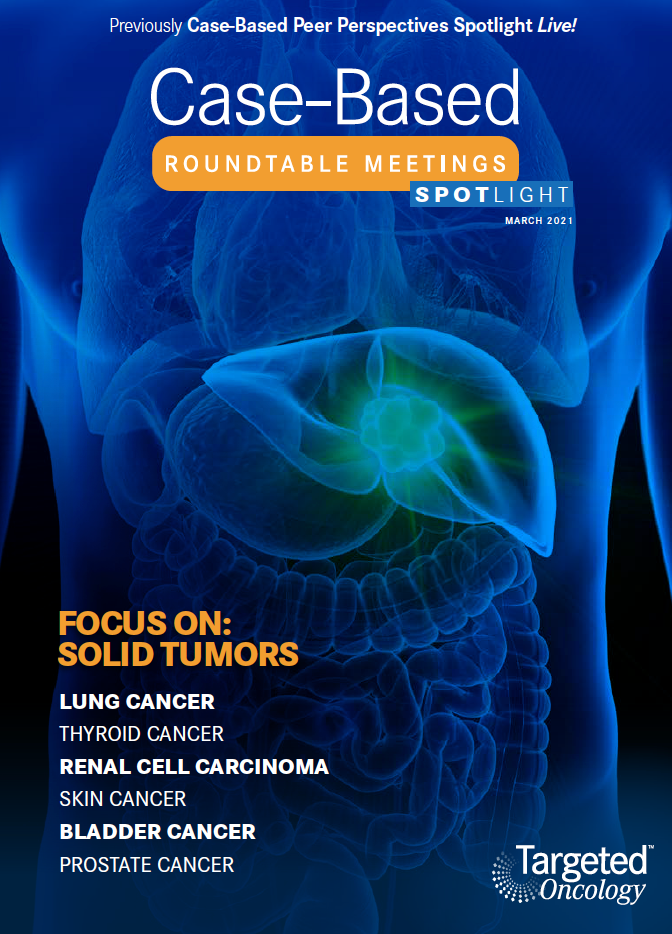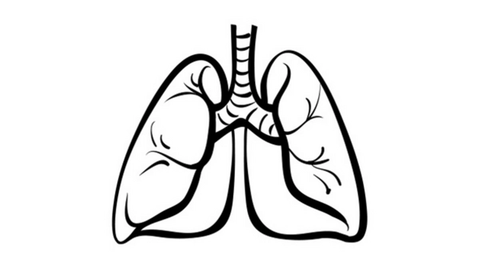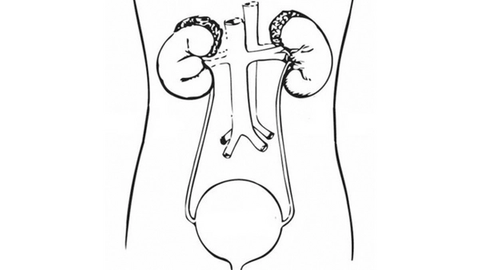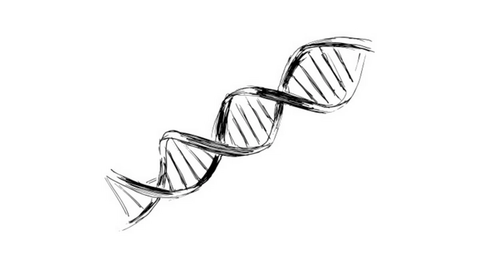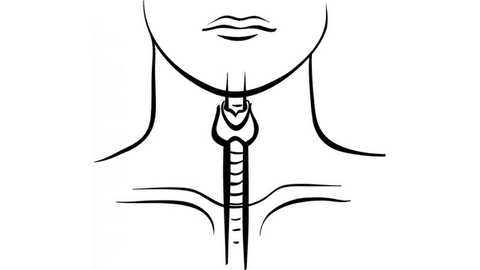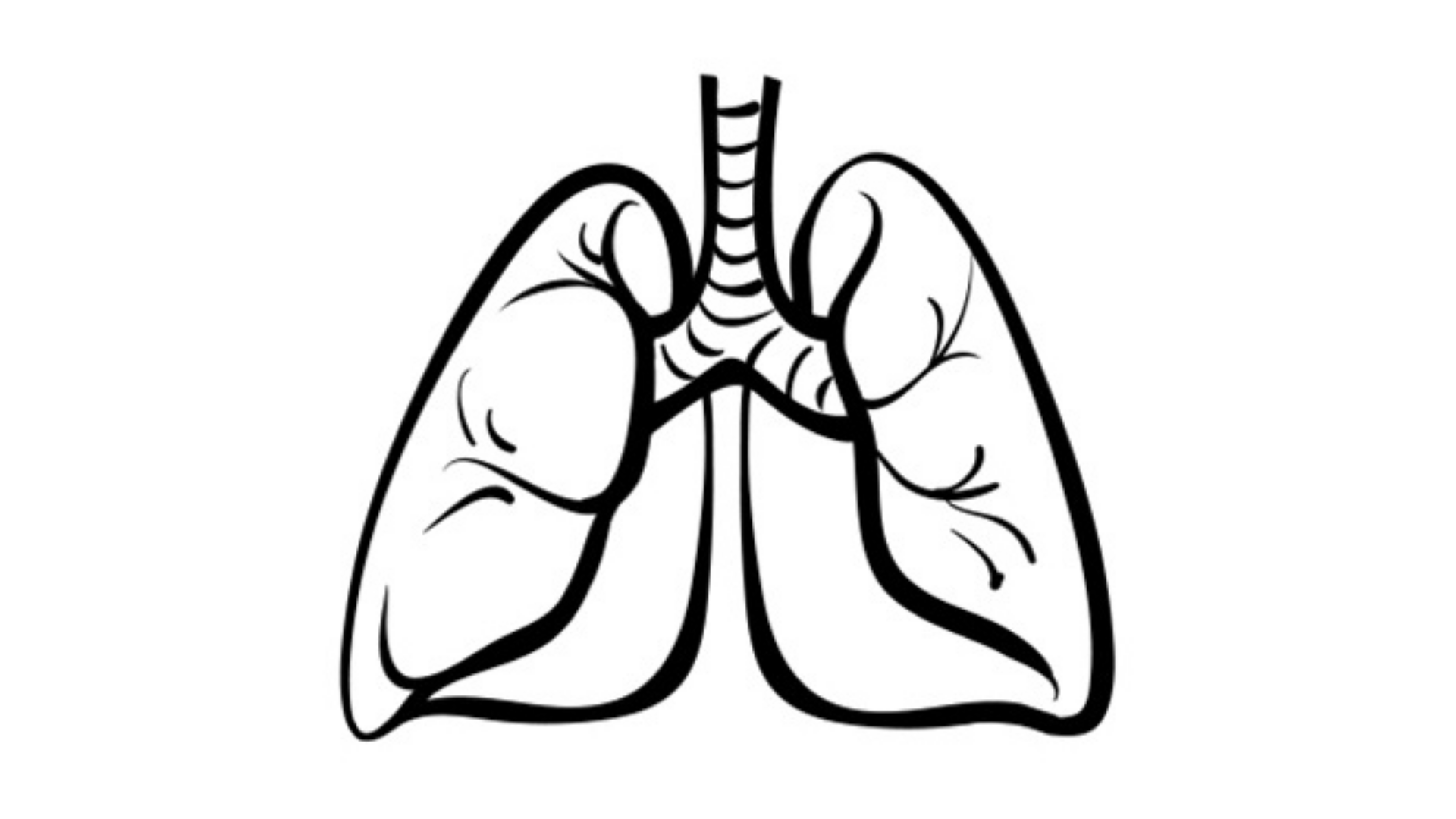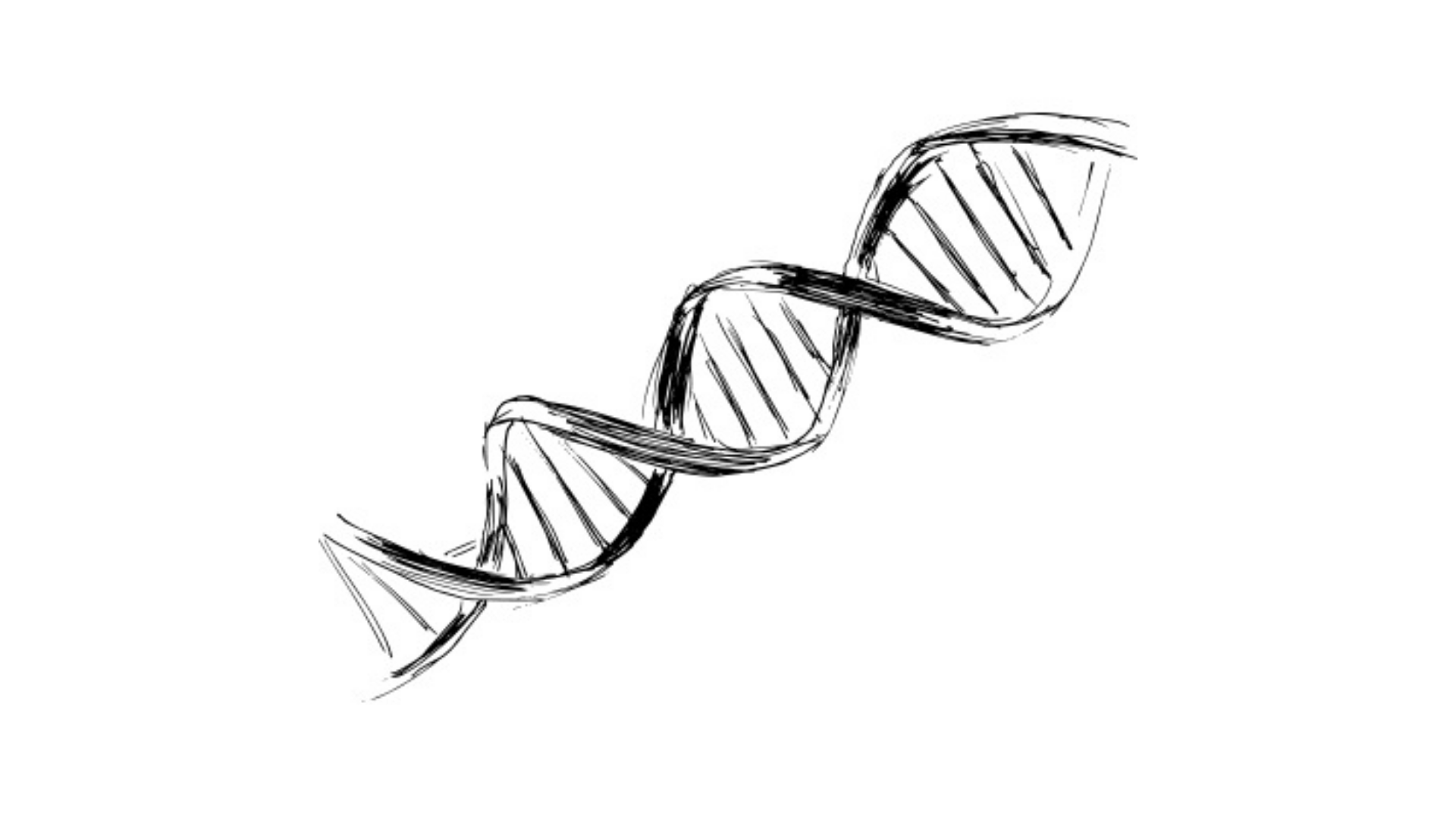Mooradian Discusses When to Treat With Durvalumab in Non–Small Cell Lung Cancer
During a virtually held Targeted Oncology Case-Based Roundable event, Meghan Mooradian, MD, discussed the case of a 63-year-old patient diagnosed with non–small cell lung cancer.
Meghan Mooradian, MD

During a virtually held Targeted Oncology Case-Based Roundable event, Meghan Mooradian, MD, instructor of Medicine at Harvard Medical School and clinical oncologist for Massachusetts General Hospital, discussed the case of a 63-year-old patient diagnosed with non–small cell lung cancer (NSCLC).

Targeted OncologyTM: Can you describe the design of the phase 3 PACIFIC study (NCT02125461) that looked at the use of durvalumab (Imfinzi) in patients with similar diagnoses to this case?
MOORADIAN: This was focused on patients with locally advanced unresectable stage III [non–small cell lung cancer (NSCLC)] who have not progressed following definitive chemoradiotherapy [CRT]. Patients on the study were 18 years or older, had good [World Health Organization] performance status, and had an estimated life expectancy of greater than or equal to 3 months. Archive tissue was collected and PD-L1 TPS [tumor proportion score] was performed, but it was not required for enrollment.1
Patients were randomized 2:1, 42 days after completion of CRT, either to durvalumab or placebo up to 1 year of treatment. The coprimary end points of the study were progression-free survival [PFS] and overall survival [(OS) using RECIST v1.1]. [Key secondary end points included overall response rate (ORR), duration of response rate (DOR), and] safety and tolerability in patient-reported outcomes.
What were the results of the study?
Before the advent of immunotherapy in stage III lung cancer, we really didn’t have much to offer patients after concurrent CRT. The response rates and survival rates were unfortunately dismal. What we can see [in this trial] is that the median PFS holds at 17.2 months versus 5.6 months for the durvalumab arm with a hazard ratio of 0.1. At the 4-year mark, 35% of patients were alive and without evidence of progression in the durvalumab arm versus roughly 19% of those treated with placebo.

How did specific groups of patients do on durvalumab?
In the PFS subgroup analysis and across the board, we see a benefit with the addition of durvalumab. Other patients [received] cisplatin or carboplatin as treatment. [When] we look at this radiation question, regardless of when a patient received radiation, there was an improvement. When patients were randomized and started treatment within 2 weeks, that hazard ratio was much more robust at 0.39 versus 0.63 [when starting after 2 weeks].1
[We do need to ask ourselves the questions]: “Are we potentially just selecting this treatment for those super fit patients who cruised through CRT and overall were bound to have a better outcome? Is there some synergy? Is there magic when we are able to start immunotherapy on the heels of radiation?” I think those are the questions that we can’t quite answer, but there [are] some interesting preclinical data to suggest that.
I think getting the CT scan earlier is better, if patients are fit, to ensure that we haven’t seen progression. I try to start durvalumab within 2 to 3 weeks, even if it’s sometimes challenging logistically to do it.
The other coprimary end point of OS, and this was recently updated at the 2020 European Society for Medical Oncology Meeting, had a statistically sound hazard ratio of 0.71. At that 4-year mark, 50% of patients with unresectable stage III disease were alive versus 36.3% in the chemotherapy arm. This is a fantastic advancement for our patients.2
Would you start durvalumab in patients with PD-L1 levels less than 1%?
When the investigators were first performing the study, PD-L1 TPS was not required and greater than a third of patients did not have PD-L1 testing performed, but they did want to look at it. So, they had a plan to look at the cutoff of 25%—greater than 25% and less than 25%—because that was a prespecified analysis. They found that, regardless of PD-L1 expression...durvalumab was beneficial.2
However, a post hoc analysis was done looking at that mark of greater than or equal to or less than 1% . When that was performed, we can see that durvalumab improved PFS across all subgroups. When they looked at OS, durvalumab improved all subgroups except the less than 1% cutoff. So, for that reason the European Union didn’t approve durvalumab in the less than 1% subgroup cutoff.3 In the United States, we don’t have that restriction, but we know that OS was not positive [in this group], although it was not technically powered or planned to do such.
I think investigators bring up 2 points. [First,] we have a limited number of patients who had TPS performed. [Second,] this testing was done on all the pre-CRT samples, though one could argue that PD-L1 TPS would potentially have been changed after the receipt of CRT, knowing that preclinical data show that PD-L1 can be inducible. I think for that reason, PD-L1 status was an important parameter to help us understand potential prognostics. It’s not something that we used as an end-all and be-all in terms of using durvalumab.
What is the takeaway from the safety and tolerability data that come from this study?
I think the general takeaway is that durvalumab is safe. There [were] minimal grade 3 and 4 toxicities when compared with placebo. However, there was an increased discontinuation in the durvalumab arm of 15% [n = 73] versus 10% [n = 23], specifically when looking at any-grade immune-related adverse events [AEs].1 Not surprisingly there was a higher rate when we looked at all grades of AEs, 24% versus 8%.1 Importantly, when they distilled it down to [those] significant grade 3 and 4 toxicities, the numbers were quite low. Looking specifically at the question of pneumonitis, any-grade toxicity was higher in the durvalumab arm by [approximately] 10%. When looking at the grade 3/4 toxicities, [they were] comparable across durvalumab and the placebo arm.
What are the National Comprehensive Cancer Network (NCCN) guideline recommendations for this treatment, and how do they factor into treatment of this patient?
The updated NCCN guidelines include the role of durvalumab as consolidation therapy for unresectable stage III NSCLC after no progression on CRT. I think this also [speaks] to the use of [adjuvant] chemotherapy, and more recently, the NCCN guidelines have been updated to delete the recommendation to add the additional 2 cycles of [adjuvant] or consolidated chemotherapy, primarily due to the concerns that more chemotherapy could increase the risk of pneumonitis if patients are also receiving durvalumab. I think [where] durvalumab is not an option, they do still have consolidative chemotherapy as a potential treatment option for patients.4

What is your approach toward pneumonitis diagnosis and treatment for patients receiving a single-agent checkpoint inhibitor?
We don’t have any biomarkers to help us predict which patients are going to have pneumonitis, so we follow them clinically. We rely on our imaging to help us understand and then rule out other potential etiologies, infection being No. 1. We see some of the infectious work-up that’s now being done, including [coronavirus disease 2019] swabs….For grade 1 toxicity, it’s sometimes hard to tell if it’s just radiation change or if it’s checkpoint inhibition. Typically, we try to have repeat chest imaging in a month and, if improved, can consider resuming treatment. For the patients who are symptomatic, that typically necessitates holding their immune checkpoint inhibitor and then starting at 1 to 2 mg/kg prednisone. This will taper over the 10 weeks, typically by 5 to 10 mg every 7 days, with additional work-up as needed.
How are you tapering steroids for pneumonitis? How does the further treatment factor into this decision?
I stick to only resuming treatment once the toxicity is such that it’s managed by 10 mg or less of prednisone, for 1 of 2 reasons: assuring that the toxicity has resolved and [because] the data which suggest if you are on a higher dose of steroid, the new checkpoint isn’t working as well.
I think a lot of that is more hypothetical in terms of the idea of trying to light a flame and use the fire extinguisher at the same time. Being at a lower dose allows the immune system to activate, but additional data show that higher doses of steroids pertain to poor outcomes. Typically, when we are in this scenario, where people need them for toxicity, we need to give them. I think if people are cruising you could potentially think about tapering faster, but, generally, I hold out that 4 to 6 weeks until it’s safe to resume.
I think pneumonitis is one of the tough AEs. We don’t have a fantastic second-line immunosuppressive agent, and we know it’s efficacious to use infliximab [Remicade]. There are not a lot of fantastic data on what’s a good second-line immunosuppression agent to pull, and I think frequently, unfortunately, when patients are on [corticosteroids] and we need to [push] for more, those are patients who tend to do poorly.
Reference:
1. Antonia SJ, Villegas A, Daniel D, et al; PACIFIC Investigators. Durvalumab after chemoradiotherapy in stage III non–small-cell lung cancer. N Engl J Med. 2017;377(20):1919-1929. doi:10.1056/NEJMoa1709937
2. Faivre-Finn C, Vicente D, Kurata T, et al. Durvalumab after chemoradiotherapy in stage III NSCLC: 4-year survival update from the phase III PACIFIC trial. Ann Oncol. 2020;31(suppl 4):S1178-S1179. doi:10.1016/j.annonc.2020.08.2281
3. European Commission approves Imfinzi for locally-advanced, unresectable NSCLC. News release. AstraZeneca. September 24, 2018. Accessed March 3, 2021. bit.ly/3nPexxN
4. NCCN. Clinical Practice Guidelines in Oncology. Non-small cell lung cancer, version 8.2020. Accessed March 3, 2021. bit.ly/30sRU9e
